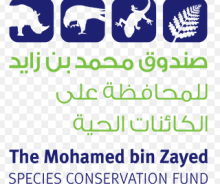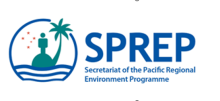WASHINGTON—In an unprecedented global call to action, more than 50 countries have agreed to co-sponsor one or more of the proposals to nominate all species of thresher shark, the silky shark, and all species of mobula ray for protection under the Convention on International Trade in Endangered Species of Wild Fauna and Flora (CITES).
April 27th marked the deadline for countries to add their names in support of Appendix II listing proposals submitted earlier this year. Those listings would require that all continuing trade in these species be sustainable. Co-sponsors include a wide range of countries in Africa, the host region for this year’s CITES Conference of the Parties (CoP17) meeting, along with the European Union and its 28 member nations, and many other countries from all around the world.
“It’s clear that CITES member governments have again put a priority on protecting shark and ray species that continue to be threatened with extinction because of widespread, unsustainable international trade in fins and gills,” said Luke Warwick, director of The Pew Charitable Trusts’ global shark conservation campaign. “The global support we are witnessing far surpasses that seen for previous Appendix II listings proposals and confirms the key role that CITES now plays in protecting the world’s sharks and rays.”
CITES is recognized globally as one of the most effective and best-enforced international conservation agreements. It provides protection to more than 30,000 species around the world and has been instrumental in preventing the extinction of many plants and animals. Votes on the proposed listings for thresher and silky sharks and mobula rays will take place at the CITES meeting in Johannesburg in September.
In recent decades, silky and thresher shark populations have declined more than 70 percent, while mobula rays have suffered similar reductions. That qualifies each for listing on CITES Appendix II. The declines have been driven largely by the international demand for fins and gills.









